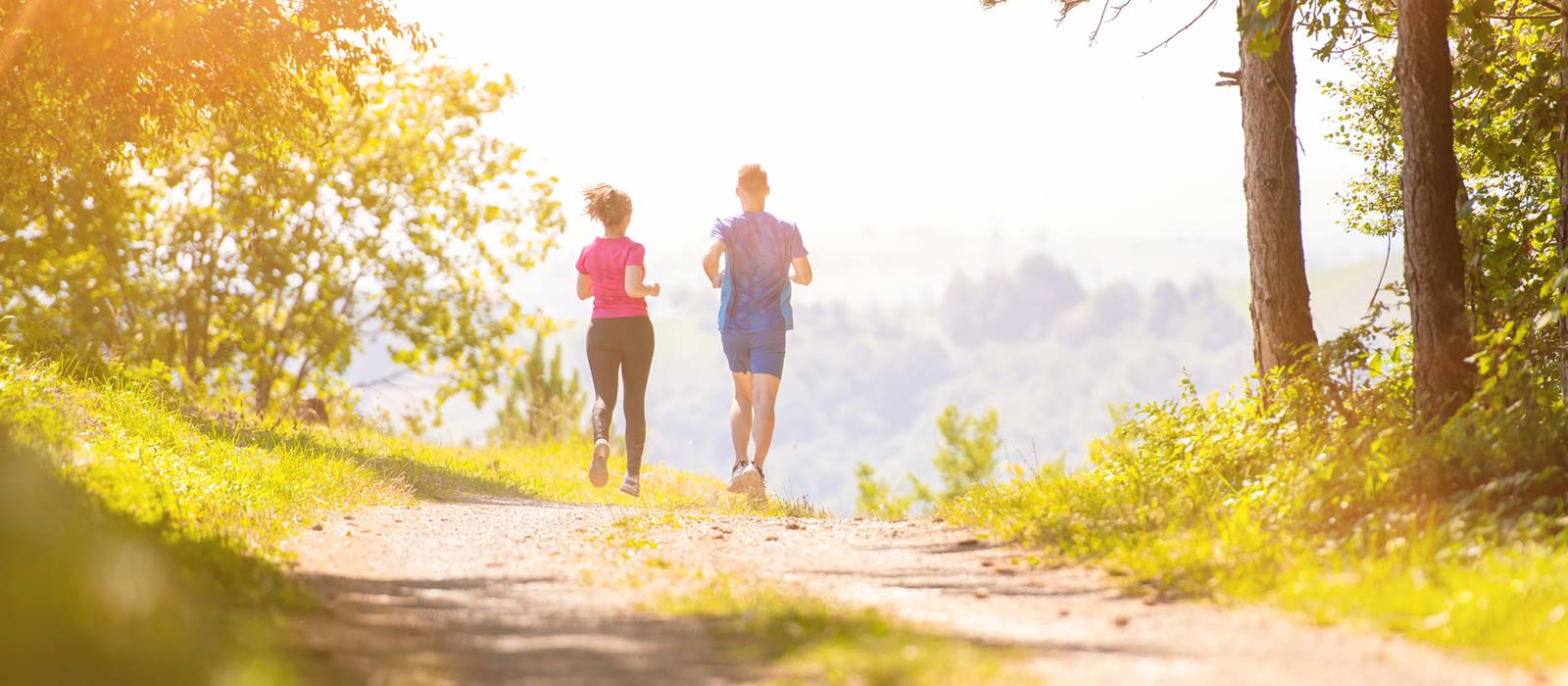Not All Supplements are Created Equally
Your health has been our mission since 1997
Sign up for our newsletter to receive 15% off your first purchase
At Life Extension Vitamins, we understand that maintaining a healthy diet and exercising regularly can enhance your overall well-being. However, there may be times when your body requires additional support to function optimally. This could be due to a variety of factors such as age, stress, or difficulty consuming enough food to meet the recommended nutrient levels. Life Extension can provide you with the missing nutrients and vitamins to support your journey towards optimal health and wellness.
Our product line includes a wide variety of supplements that are designed to address specific health concerns, including cardiovascular health, immune support, brain health, and more. While our name may be Life Extensions Vitamins, we carry a range of products from trusted brands such as Metagenics, Bio-Design, and Life Extension.
The Science of a Healthier Life.
At Life Extension, we believe in the power of proactive health and wellness. Our mission is to empower individuals to take control of their health and make choices that will lead to a longer and happier life. We offer a wide range of products designed to help people lead healthier lives. Our team of experts is dedicated to providing the information and resources that people need to make informed decisions about their health and wellness. Whether you're looking to boost your energy, lose weight, or simply maintain a healthy lifestyle, Life Extension is here to help. Let us be your partner in achieving your health and wellness goals.
Search Our ProductsSign up for our newsletter and receive 15% off your first purchase







